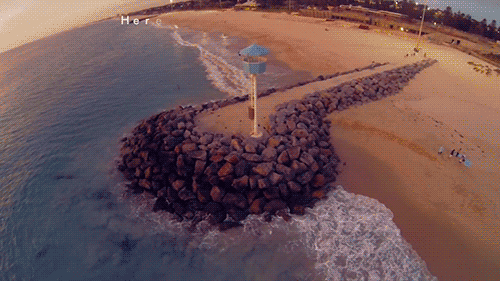
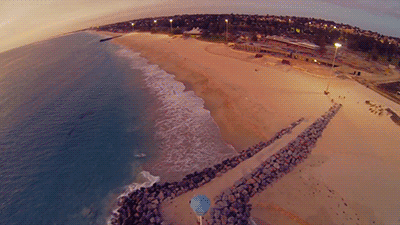
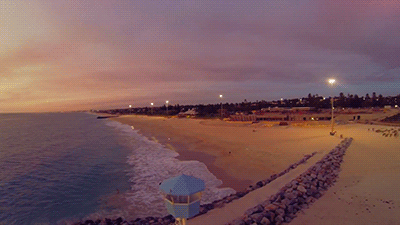
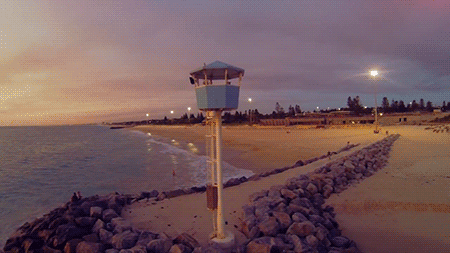
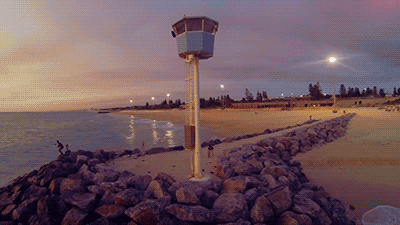
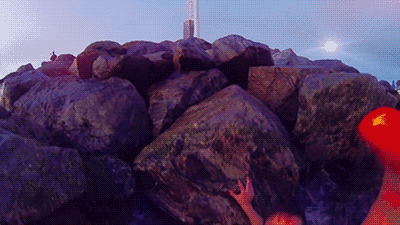
Random photo-related musings along with my joys and woes as a photographer trying to manage teaching, making photos, family, and life.






There is nothing wrong with taking snapshots. They are a great record of where we went, who we were with, and what we saw. For those who aspire to make photographs rather than take snapshots, here are some guidelines to help tell the difference:
– The snapshot is made by pointing the camera at what one hopes to ‘capture’ + clicking
– The photograph is composed in the viewfinder
– In the snapshot what you see is (hopefully) what you get
– The photograph is pre-visualized as to how the scene will translate into a photo
– The snapshot is a record of what the camera is pointed at
– The photograph is an interpretation of what is seen, thought or felt
– The snapshot doesn’t acknowledge the relationship between foreground and background
– The photograph deals with the relationship between foreground and background
– The snapshot is primarily about the subject and isn’t aware of the rest of the frame
– The photograph is responsible for the entire frame and all it’s contents
– The snapshot does not pay attention to the corners and edges of the frame
– The photograph pays extra importance to the edges of the frame and the corners
– The snapshot is only about what is visible
– The photograph is often as much about what isn’t seen as much as what is
– The snapshot is taken at the aperture chosen by the camera
– The photograph is made at the aperture chosen by the photographer
– The snapshot has its’ depth-of-field dictated by the cameras’ choice of aperture
– The photograph has its’ depth-of-field dictated by the photographers choice of aperture
– The snapshot has its’ perspective dictated by zooming in or out
– The photographs perspective is dictated by choice of focal length + distance to subject
– The snapshot can be fixed later by cropping, so careful composition is not valued
– The photograph is cropped in camera and can be fine-tuned later, if necessary
– The snapshot only needs enough light to take the picture, or flash can be added
– The photograph is aware of the quality of light falling on the subject and background
– The snapshot does not go beyond technique
– The photograph transcends technique to reveal vision
– The snapshot is usually a reaction to external stimuli
– The photograph is often guided by internal stimuli
– The snapshot is often taken as a one-of-a-kind reaction to a subject
– The photograph is often made in the context of ongoing concerns in larger body of work
– The snapshots beauty is on the surface
– The photographs beauty often lies below the surface
– The snapshot has no metaphorical meaning, unless unintentional
– The photograph often contains intentional metaphorical meaning
– The snapshots intent is pure in that it is only interested in ‘capturing’ the moment
– The photograph’s intent is often murky in that it understands that nothing can actually be captured...
All of these parameters of what constitutes a snapshot can and will be intentionally used by individual artists making incredible fine-art images, and those adhering to all the parameters of fine-art photographs can be perfectly boring, so there are no absolutes!
And even with all of this, it is easy to find examples of fine-art photos made by point-and-shoot and cell phone cameras in the hands of artists, so it is still not technical mastery that makes the difference but the skill, vision, intent and execution of the photographer.